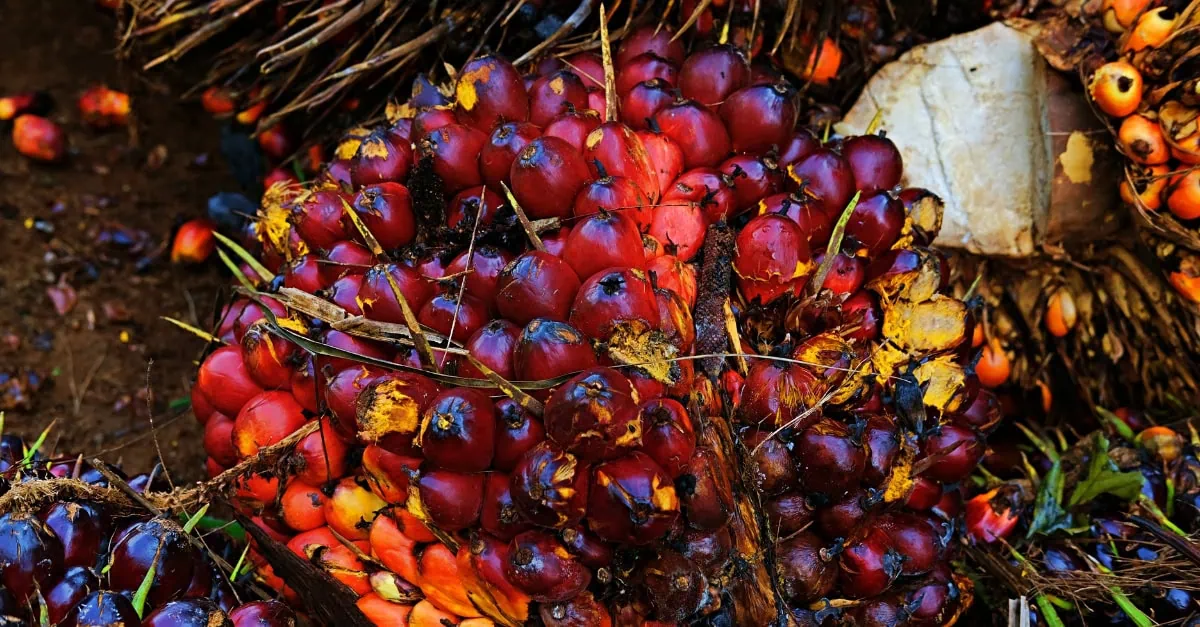June 4, 2025 – Global edible oil markets are facing a perfect storm of regulatory uncertainty and weather-dependent supply risks as the northern hemisphere enters its most critical growing period. This week’s dramatic policy reversals in Washington, combined with shifting weather patterns across key production regions, are reshaping market dynamics for palm, soy, rapeseed, and sunflower oils.
Tariff drama creates market whiplash
The week began with unprecedented policy volatility as Washington imposed, suspended, and then reinstated a 50% EU tariff within just three days. This regulatory ping-pong effect has left importers uncertain about payment obligations while trade costs remain in limbo alongside hoped-for soy-oil bio-jet credits.
The commodity space felt immediate impact from this tariff drama, with crude oil markets mirroring the policy uncertainty. Brent futures drifted lower on OPEC+ supply discussions and weak Chinese factory data, while WTI found support from declining U.S. drilling activity.
Weather takes center stage
Against this backdrop of trade uncertainty, weather conditions are emerging as the primary driver for agricultural commodities entering their critical development phase. Early-June rains across northwest and central Europe have eased spring drought stress, while forecasters warn of a mid-month heat spike that could impact pod filling in key rapeseed regions.
Malaysian palm oil exports maintained strong momentum with May customs data showing 1.321 million tons—an 18% increase from April. However, swelling Southeast Asian inventories continue to cap rally attempts despite firmer export flows and renewed Indian buying interest.
Regional supply dynamics shifting
The soy complex weakened as rapid U.S. planting progress—76% seeded and 50% emerged by May 25—kept weather premiums minimal. Meanwhile, persistent rains in Argentina have left only 81% of the soybean crop harvested, raising quality concerns as farmers accelerate sales ahead of July’s export tax increase.
Sunflower oil markets are pricing in a record Black Sea crop with only tepid biodiesel demand, forcing sellers to discount aggressively to maintain competitiveness. The combination of ample forward supply and softer energy prices is tilting the global oils and fats balance toward a mildly bearish outlook.
AI-powered forecasting reveals key trends
Vesper’s proprietary machine learning models are tracking distinct patterns across oil categories, with palm oil projected to find support around MYR 3,800-3,846/mt through July, while soy oil shows potential for near-term strength before harvest pressure takes hold.
The models reveal particularly interesting divergences in longer-term trajectories, with rapeseed oil showing pronounced upward momentum through Q1 2026, while sunflower oil demonstrates a more measured recovery pattern following harvest-related pressure.
This analysis represents key highlights from Vesper’s comprehensive Week 23 market intelligence report. Access the complete analysis including detailed price forecasts, regional breakdowns, and proprietary AI model insights on the Vesper platform: https://app.vespertool.com/market-analysis/1986





